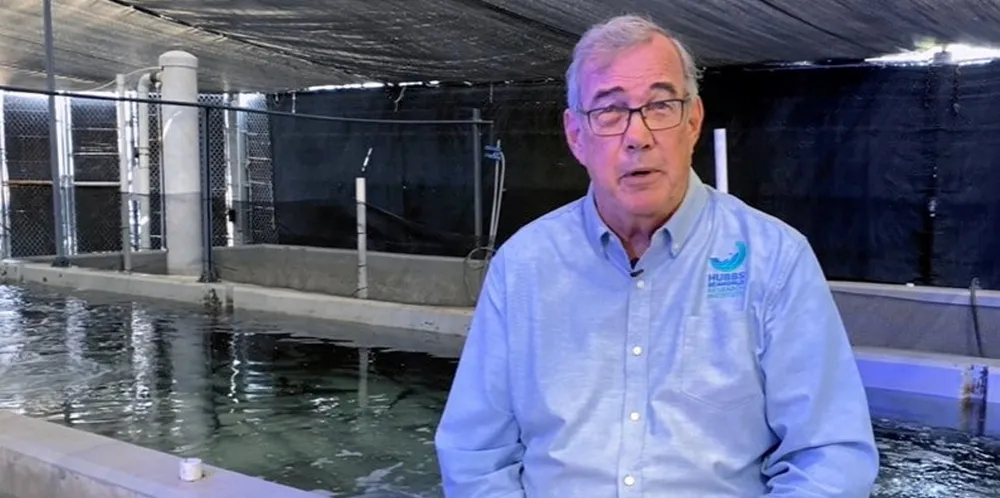Fishermen, activists call on Biden to halt California offshore yellowtail fish farm
The offshore floating farm would be the first of its kind in California federal waters if approved.

The offshore floating farm would be the first of its kind in California federal waters if approved.
